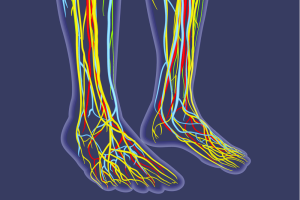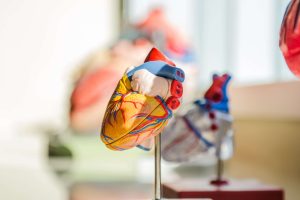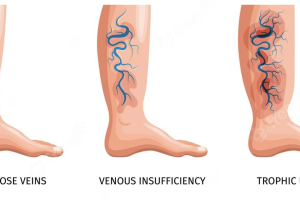The heart never takes a break. The heart is a strong muscle that never stops exercising, not for a minute. Every minute it needs blood, nourishment and oxygen. At Amarillo Heart Institute, we understand the importance of keeping your heart healthy and functioning at its best. We believe that a healthy heart is the foundation of a healthy life, and our goal is to provide you with all you need to achieve optimal heart health, a happier heart.
Cardiac & Vascular CT Angiography
Cardiac and vascular CT angiography (CTA) is a diagnostic imaging technique that uses computed tomography (CT) to visualize the heart and blood vessels. It involves the injection of a contrast material into the patient’s bloodstream and the use of specialized CT scanners to capture detailed images of the heart and blood vessels.

Image by Freepik
The procedure for both cardiac and vascular CTA is similar. The patient lies on a table that slides into the CT scanner, and the contrast material is injected into the bloodstream through an intravenous (IV) line. The scanner then takes multiple X-ray images of the heart or blood vessels, which are reconstructed by a computer to create detailed, 3D images.
Cardiac and vascular CTA are noninvasive procedures that can provide detailed information about the heart and blood vessels without the need for surgery. However, they do involve exposure to ionizing radiation and the use of contrast material, which can cause allergic reactions or kidney damage in some patients. The benefits of the procedure need to be weighed against the potential risks and discussed with the patient before the procedure is scheduled.
In summary, cardiac and vascular CT angiography is a powerful diagnostic tool that can provide detailed images of the heart and blood vessels. It is an important part of the diagnostic workup for many cardiovascular and vascular conditions, and can help guide treatment decisions.
Computed Tomography Angiography Diagnostic
Cardiac and vascular CT angiography (CTA) has several uses in diagnosing various cardiovascular and vascular conditions. Some of the most common uses include:
Diagnosing Coronary Artery Disease: Cardiac CTA is an effective diagnostic tool for detecting coronary artery disease (CAD) and evaluating the extent and severity of blockages in the coronary arteries. It can also help identify high-risk plaques that are prone to rupture, which is a leading cause of heart attacks.
Evaluating Structural Heart Diseases: Cardiac CTA can be used to evaluate the structure of the heart and detect abnormalities such as congenital heart defects, atrial septal defect (ASD) or ventricular septal defect (VSD), heart valve disease, and cardiac tumors.
- Assessing Heart Function: Cardiac CTA can also be used to assess the overall function of the heart, including its ability to pump blood efficiently and effectively.
Diagnosing Vascular Diseases: Vascular CTA is used to evaluate the blood vessels throughout the body and diagnose conditions such peripheral artery disease (PAD), and Venous Diseases.
Endovascular Procedures: CTA can be used to plan for endovascular procedures such as angioplasty or stenting, which are minimally invasive procedures used to treat blockages in the blood vessels.
Cardiac And Vascular CT Angiography Technology
GE Healthcare‘s Cardiographe is a state-of-the-art computed tomography (CT) system that is specifically designed for cardiac imaging. The system features advanced technologies such as SnapShot Freeze motion correction, which enables the system to capture high-quality images of the heart even when the patient’s heart rate is high or irregular. Additionally, the system’s advanced CT image reconstruction software allows for rapid and accurate diagnosis of a wide range of cardiac conditions, such as coronary artery disease and heart valve problems. The Cardiographe is also designed to reduce radiation exposure for patients, making it a safer and more effective option for cardiac imaging. With its advanced features and benefits, the Cardiographe is a valuable tool for clinicians and is poised to revolutionize cardiac imaging and diagnosis.









